|
(last updated 6/19/2023)
Do you ever think about what was here, before you were here? Before we all were here, with all of our roads, neighborhoods, houses, parks, buildings? We could go way back, millions of years, when the area that would later be known as "Denver" was still submerged beneath the western edge of a vast interior sea. Or we could go back not quite as far, maybe just 200 or 300 years, to a time when the only humans living in this area were those who belonged to the local Native American tribes. As they went in search of game, or moved their camps from one place to another, they formed trails, particularly along the streams in the area. Settlers of European descent did not begin to arrive here in earnest until the 1850s, less than 200 years ago. The old Native American trail along the east bank of Cherry Creek started to be used by new groups of people, who referred to it as the Cherokee Trail, the Goodnight-Loving cattle trail, or the Denver-Santa Fe stage line.
But for this article, I am focusing on a time even more recent, less than 100 years ago. During the 1940s, there was no "Cook Park", nor a "Virginia Village", nor were there any other developed neighborhoods. At the time, the area south of Alameda Av. and east of Colorado Blvd. had not yet been annexed into the City and County of Denver, so what is now Virginia Village was still a part of unincorporated Arapahoe County. This snapshot-in-time was illustrated on the 1940 and 1944 editions of the USGS topographical map covering the "Englewood" quadrangle. Here is a small section of that map, showing the intersection of Holly and Jewell, and centered on the area that would later be developed as the Lynwood subdivision:
As you can see, there was so little development at the time that the dominant visual feature on the map was not the roads, but rather the elevation contour lines. Compare that to a more recent version of the USGS map which covers the same exact geography:
I set out to visualize the level of development in the Virginia Village area during the 1940s, so to make it more clear, I digitally traced the 1940 USGS map, including all features except for the topo lines (below). Roads are shown in black/gray; water features in blue; and houses/buildings in red:
I also added the road names, although it should be noted that these are the modern road names (it is likely that some of these roads had different names when they were built and/or before they had been changed to align with the names on the greater Denver street grid). It might be hard to believe, but that is not a generalized map; rather that map shows all of the roads and all of the houses/buildings that existed in this area during the 1940s. As you can see, Virginia Village and surrounding areas were much less densely-populated. At the time, Denverites would have considered this area to be "out in the country".
Growth and development really ramped up in the Denver area during the 1950s, and obviously a lot has changed since then in the Virginia Village area. But are there any surviving vestiges from the time period shown on the map above, prior to the post-war growth years? Indeed, there are, as we will see below.
Goldsmith Gulch
At the time of the map above, Monaco Parkway had not yet been extended south of Cherry Creek. Running right about where Monaco would later be built was Goldsmith Gulch, which still followed its natural meandering course. In order to build Monaco, it was first necessary to corral the northward-flowing stream into a rigid concrete channel. So the Goldsmith Gulch that we see today rises to the east of Monaco, then briefly crosses west of Monaco (from Evans through Skyline Acres), then back to the east side of Monaco, where it remains as it continues through Cook Park and discharges into Cherry Creek. But it was not always that way. Prior to development, roughly between modern-day Iowa and Florida Avenues, Goldsmith Gulch originally crossed back over to the west side of what would later become Monaco. From there it flowed northwesterly, roughly along today's Minnesota Drive. Its confluence with Cherry Creek was north of today's intersection of Minnesota and Honey Way. Cherry Creek itself has since been channelized as well, but despite all that wrangling of nature, there is still an original segment of Goldsmith Gulch that is mostly undisturbed. The site is accessible from the Cherry Creek recreational trail, between Monaco and Holly. Along that segment, Cherry Creek flows over two rock drop structures (sort of like waterfalls, but man-made). Approximately midway between those two drop structures, just off the north edge of the trail, you can view this scene:
There, we are looking northward along a channel that empties into Cherry Creek (which is visible in the middle ground, flowing from right to left). This straight channel was man-made; it is simply the outlet for the large storm sewer that drains from the intersection Minnesota and Honey Way. So that is not the original Goldsmith Gulch, but if you take a few steps to the left (west), you will see this:
That too is looking northward, this time along the original channel of Goldsmith Gulch (minus the modern-day culvert, of course, which allows water to flow under the recreational trail). The old stream bed curves to the right and then joins the straight channel that we saw in the previous photo. Cherry Creek is visible in the middle ground, although that is not the location of the original confluence, because historically Cherry Creek ran farther to the north. In fact, Lollipop Lake in Garland Park sits in a depression that was originally the stream bed of Cherry Creek. That is illustrated on the map below, which was created by taking a small section of the map above and underlaying it with a modern basemap, in order to see where the streams originally ran:
That suggests that the original mouth of Goldsmith Gulch has long since been submerged under Lollipop Lake. That map also illustrates that much of the neighborhood between Monaco and Holly and north of Florida Avenue could not have been developed if Goldsmith Gulch had not been redirected to remain on the east side of Monaco. None of the houses on Locust, Leyden, or Krameria could have been built, and the only part of Minnesota that could have existed was the segment between Holly and Honey Way.
Colorado and Southern Railway
This was probably the first modern transportation development in what would eventually become the Virginia Village area. The tracks were laid in 1881, but already by 1935 the railroad was no longer in use to the east of Holly St. For that reason, I would say the railroad did not really contribute to the growth of southeast Denver, since the vast majority of that happened after 1935. However, the railroad company continued to own the right-of-way for a few more decades, and to the west of Holly it continued to function as a working railroad until the 1970s. So as Denver grew and newer developments began to abut the old tracks, city planners had to figure out ways to work around the railroad. To this day, along the three-mile stretch between University Blvd and Oneida Street, there are relatively few north-south roads that cross the old railroad's former right-of-way. I have written more about vestiges of the old Colorado and Southern Railway on this blog post.
The old Harvard Avenue bridge
Today, between Colorado Blvd and Hampden/Havana, there are six vehicular bridges over Cherry Creek, plus 12 recreational bridges. But during the 1940s there was only one bridge along that stretch, and you might be surprised where it was located: Harvard Avenue (shown at lower right on the map above). Why did Harvard have a bridge over Cherry Creek? Well, for one thing, neither Iliff nor Yale had a bridge at the time. But still, why Harvard? It was undoubtedly related to a small community known as Sullivan (or Oakes) which was situated along Harvard where it crossed both the High Line Canal and the C&S Railroad. The Sullivan post office was established in 1890, so it had been around for awhile (incidentally, today's post office at 8700 E. Jefferson was named after the original Sullivan PO). Sullivan was located just to the west of Cherry Creek, and the Harvard bridge may have been built to connect the community with the school that was located on the east side of the creek (this was in the same location as today's Denver Jewish Day School). The first Iliff bridge was built in the 1950s, about two blocks north of the Harvard bridge, and that was right about the same time that the Harvard bridge was dismantled. But a small trace of the old Harvard bridge still exists today. Here is how to find it: on the north landing of the Yale/Wabash bridge over Cherry Creek, there is a small parking lot for the Wabash trailhead. Just to the west of there some power lines go over the Cherry Creek Trail. Those power lines mark the alignment of old Harvard Av. Underneath those power lines, just off the west edge of the Cherry Creek Trail, you can see the old earthen bridge abutment for Harvard Av. And if you walk upon it, you will see that some of the old asphalt surface still exists (that is often a little easier to do during the colder months, when there is not as much wild vegetation). The photo below was taken looking west on the old Harvard bridge; some of the old asphalt is visible here:
Straight ahead, on the far side (west side) of Cherry Creek is a still-extant segment of Harvard. About a quarter-mile in that direction, Harvard crosses the High Line Canal and passes the site of historic Sullivan.
Older houses
Obviously there's the Four Mile House, which is the oldest surviving building in the Denver area, dating back to 1859. But in addition to that, the map above shows a red dot at the location of each house that existed prior to the 1950s. Some of those houses still exist. For example, if you were to make your way along Iowa Avenue between Holly and Monaco, you would see a few surviving older houses on both sides of the street. Those existed prior to the subdivisions that were later developed both to the north and south of Iowa. And in fact, those older houses explain why several of the north-south streets that intersect Iowa are offset from each other: the developers had to work around some pre-existing property boundaries. You can use the map above to identify other roads and houses that existed in southeast Denver prior to the 1950s, and see for yourself whether any of the original houses are still standing.
If you have any memories of what the Virginia Village area was like before it was developed, or if you are aware of other historic vestiges that still exist in this area, we would love to hear from you in the comment section, below.
5 Comments
Larry Vaughn
12/2/2023 12:43:10 pm
In about 1950, or 1951, my parents bought a new house in the 1300 block of S. Glencoe. I was 4 to 12 years old growing up there. My recollection is that Glencoe and Forest Way were the first two streets to be developed in Virginia Village. I remember an alfalfa field between our neighborhood and Colorado Blvd. I believe the farmhouse was on Florida and Dahlia, and I believe it still exists. I also remember nearby White Sands Beach Club, and Glaciers Barn. I believe their was a stock car track on Colorado Blvd. Farther to the north was a dairy. I believe it was Cambridge Dairy. Before the bridge on Holly across Cherry Creek was built, we used to ride our bikes on a gravel road up the south side of Cherry Creek to Glendale. Just before Village Village shopping center was built, I remember a small store on the southeast corner of Holly and Florida, where we would buy pop and candy. We later frequented Virginia Village Shopping Center, particularly Village Creamery, where we bought baseball cards, penny candy, and freshly made 5 cent donuts. We would also ride our bikes from Ellis Elementary to Village Creamery for 20 cents grilled cheese sandwiches, and 5 cents cherry cokes for lunch! Honey Way was a great hill for sledding. There were two horse riding stables on E. Mississippi. We would ride horses on what they called “the bridle path along the south side of Cherry Creek, all the way to Cherry Creek Dam. At that time, there was very little development the whole ride. These are some of many of my recollections of a wonderful time growing up in Virginia Village. I would welcome any questions, comments, corrections! Thank you!
Reply
12/2/2023 01:35:45 pm
Thanks Larry, it's great to hear from someone who has personal recollections of what this area was like in the '50s!
Reply
Larry Vaughn
12/4/2023 10:22:21 pm
Thank you Dale!
Michael Blachly
12/10/2023 09:08:01 am
As an original resident of Virginia Village with a home that my parents bought in 1957 on the northeast corner of Honey Way and Minnesota Drive, (1150 South Honew Way), I find the history and comments-to-date, most interesting. I was seven-years-old when we moved in to the newly built house.
Reply
12/10/2023 09:46:14 am
As soon as I read "1150 S. Honey Way" I thought, "That's the house that's not original construction." And then you went on to provide the explanation for that, thank you! (Glad no one was hurt... and I can't help but laugh when I imagine that cat flying through the air)
Reply
Your comment will be posted after it is approved.
Leave a Reply. |
AuthorCategories
All
Archives
July 2024
|
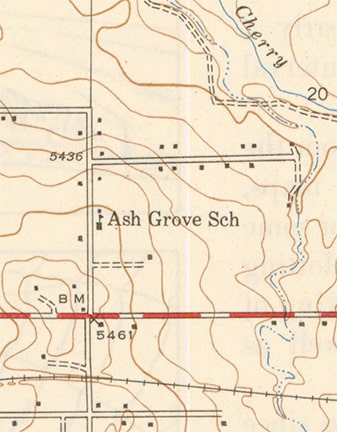
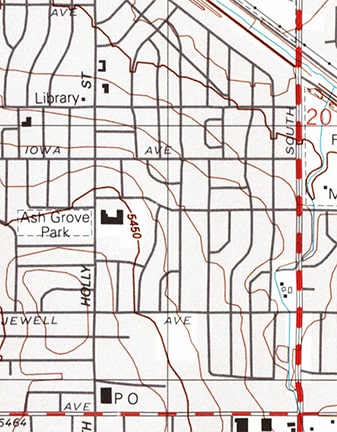
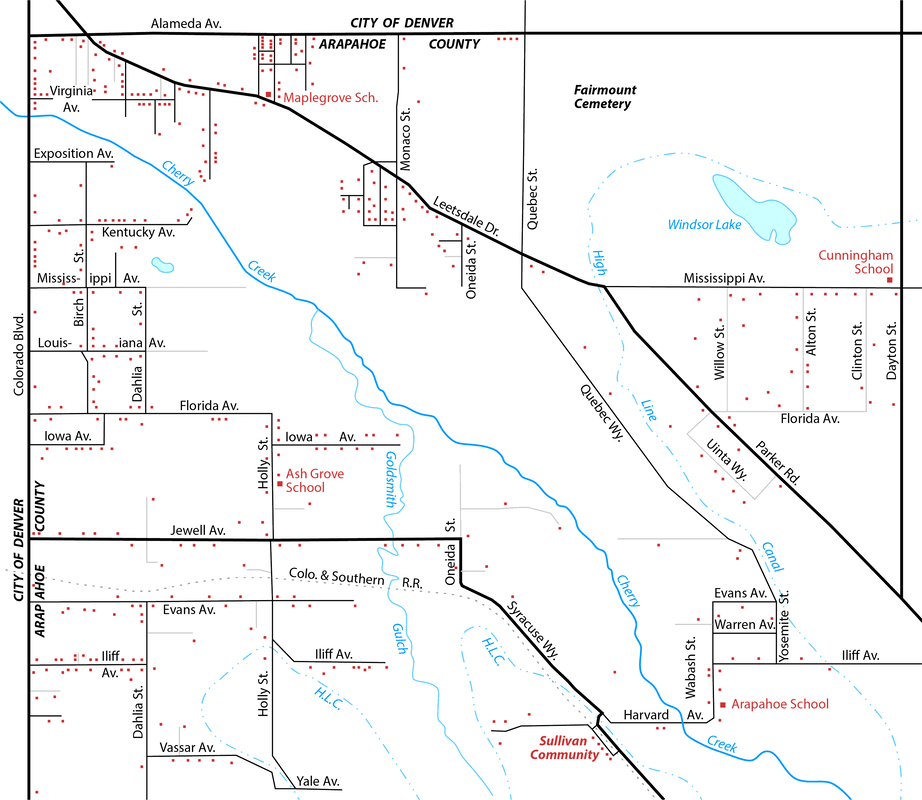
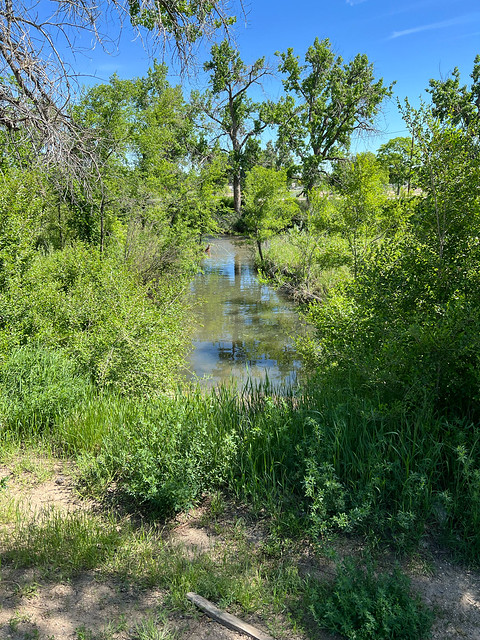
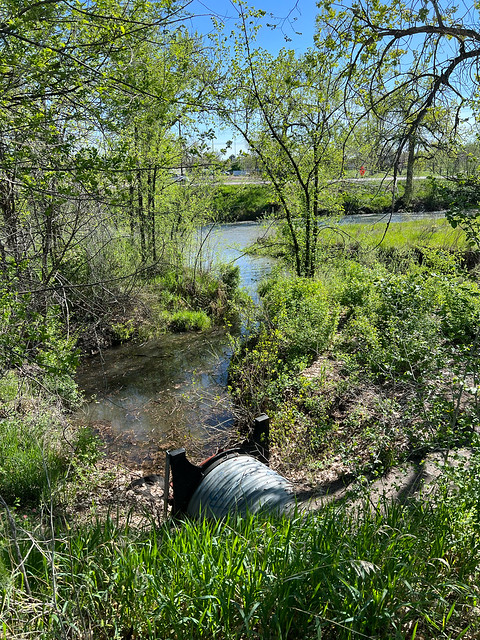
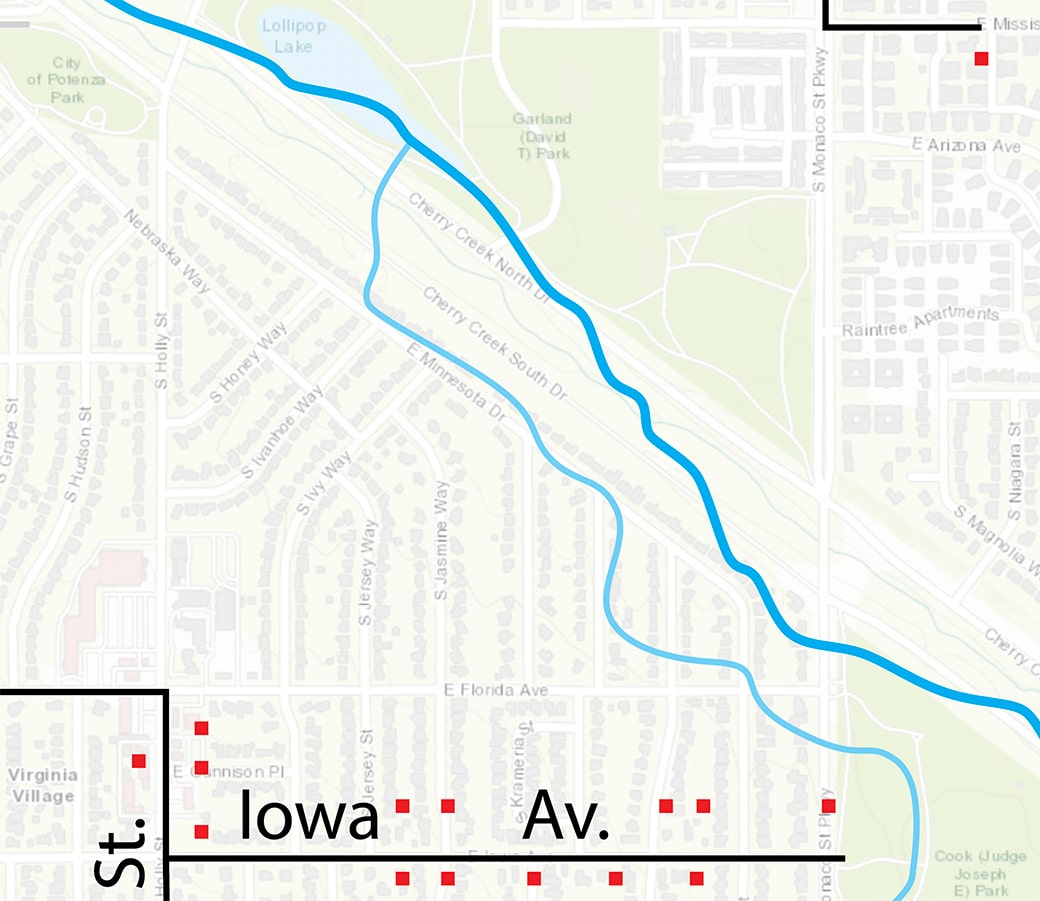
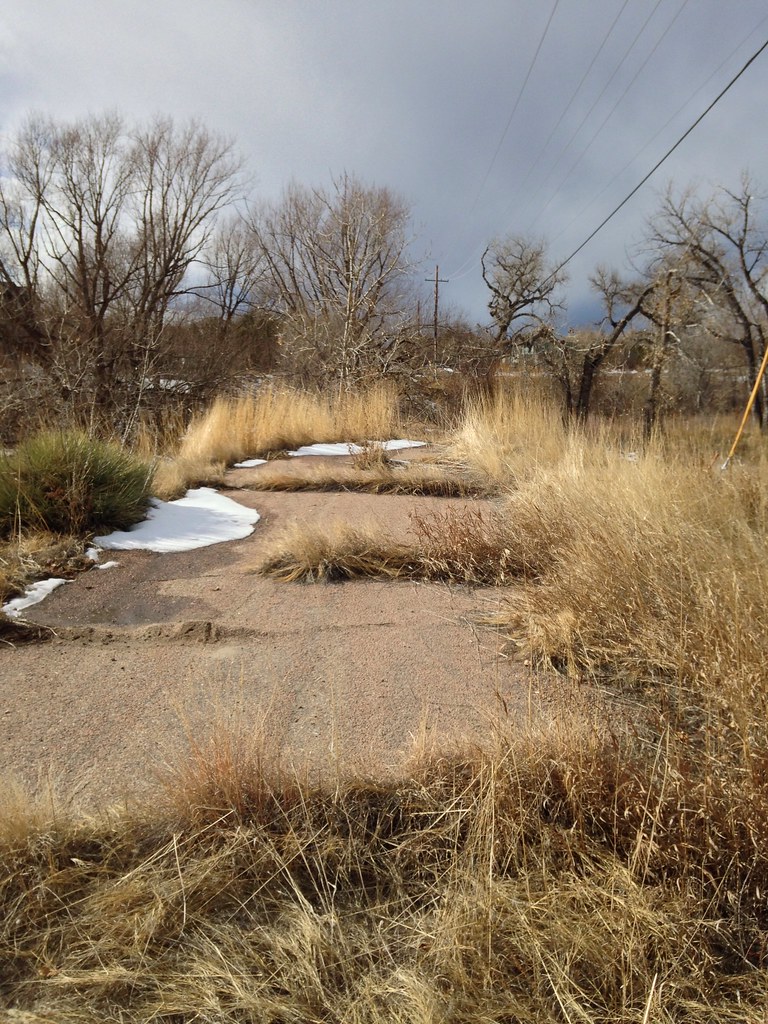
 RSS Feed
RSS Feed
